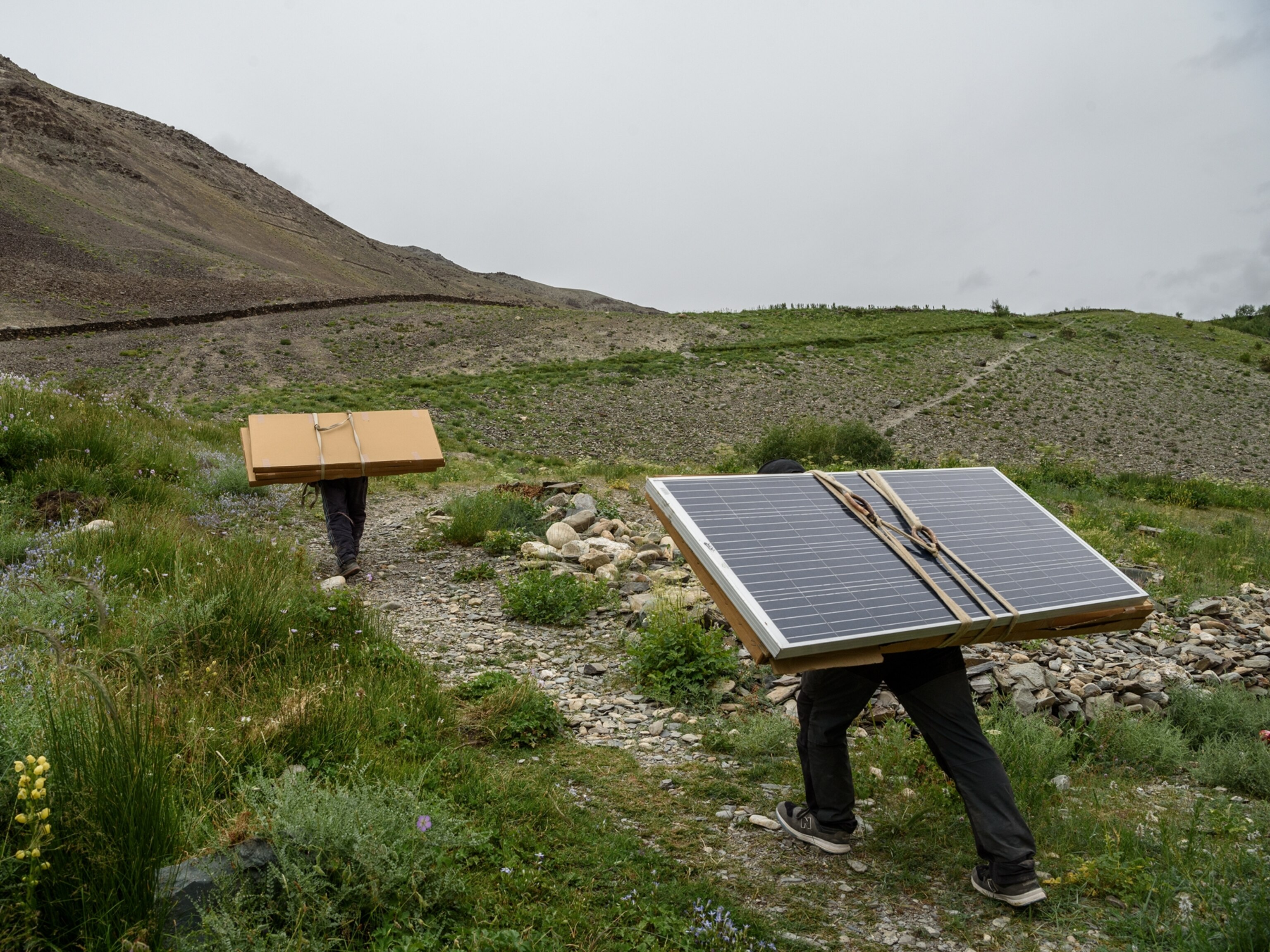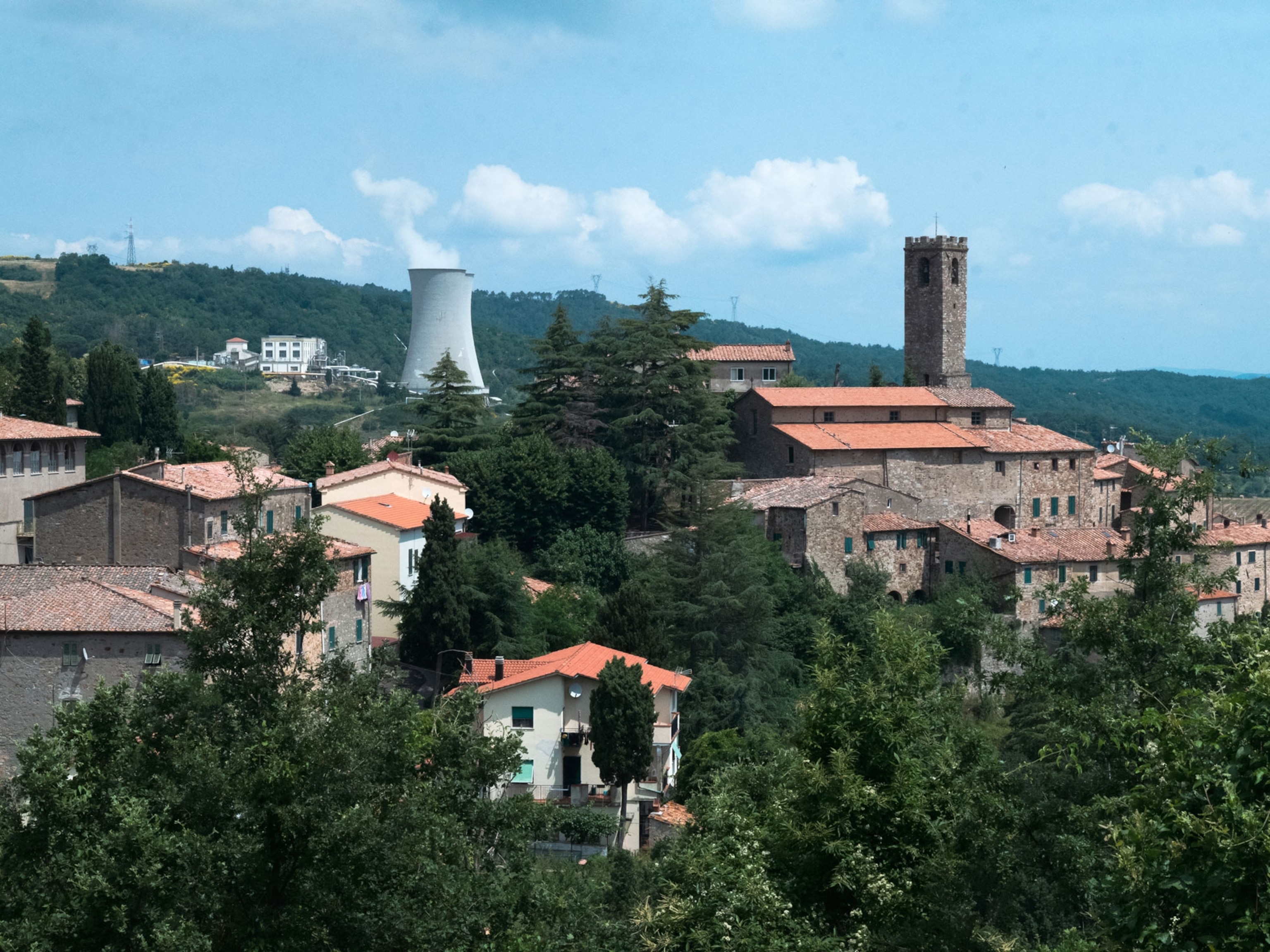
Summit Tackles India’s Sustainable Energy Goals
As Indian Prime Minister Narendra Modi met with U.S. President Barack Obama Tuesday, clean energy was on the agenda. A joint editorial from the leaders promised they would discuss ways to “expand affordable renewable energy” in India during the prime minister’s visit, his first official trip to the States.
The word “affordable” is key everywhere, but especially in India, where some 300 million people still lack access to electricity. Certainly coal, which currently accounts for 59 percent of India’s power capacity, will help meet that demand. But India’s quest to meet its energy needs occurs against the backdrop of increasing international pressure for nations to act on climate change, and there seems to be a recognition in India that even without that pressure, renewable sources such as wind and solar will need to be part of the solution. (See related story: “India’s Push for Renewable Energy: Is It Enough?“)
Prime Minister Modi is said to be seeking U.S. help in a bid to add 100 gigawatts each of solar and wind energy to the India grid within the next decade.
How can India get there? That was among the questions before a group of private and public sector leaders meeting today and tomorrow in Washington, D.C. for the U.S.-India Partnership Summit. The summit was convened by Yale University and The Energy and Resources Institute (TERI), a sustainable development organization led by Dr. Rajendra K. Pachauri, chair of the Intergovernmental Panel on Climate Change and an adviser to the Great Energy Challenge.
Many comments at the summit suggested that the work of creating sustainable energy and smarter cities in India is actively proceeding, but still an evolving effort that needs better parameters and more solutions to problems of infrastructure and financing.
Ajit Gulabchand, whose Hindustan Construction Company is building what it bills “India’s first smart city,” talked about formidable challenges in building a 20,000-acre hill city where 80 percent of the people—300,000—will live in only 20 percent of the entire area. The Lavasa development, which lies 115 miles(186 kilometers) from Mumbai, aims to draw not only residents but tourists, students, and businesses.
“We were looking at building a city which India needs very badly,” Gulabchand said, but “there was not enough understanding of how to build this” in terms of sustainability.
Gulabchand said that his company was obligated to restore what was environmentally damaged during the construction of Lavasa, but that the developers found “the whole place was considerably denuded.” The challenge of building the city was compounded by the need to enhance the land area in general, even where construction was not taking place, Gulabchand said. And the endeavor goes beyond building a city; Lavasa aims to be its own self-sustaining economy.
“It is a remarkable project with remarkable problems,” Gulabchand said.
An ad for Lavasa proclaims, “Some day all cities will be created this way.” Indeed, Gulabchand and others in India are threading their way through a process of sustainable development that still lacks a common set of standards, a point mentioned by multiple panelists at the summit.
“Creating standards [for buildings] at the outset will be critical to ensuring that the emissions are as low as possible,” said Frances Beinecke, president of the Natural Resources Defense Council (NRDC). Other participants mentioned the need for public-private partnerships, a federal loan-guarantee program similar to that of the U.S. Department of Energy, and a better way for financiers, contractors, and government to connect.
A new report from NRDC also says that “the Indian government and business leaders must overcome financing obstacles to achieve the country’s renewable energy goals and reach the full time growth potential of the clean energy sector.” But it also notes that India’s solar market has grown more than 100-fold in four years, and that India is the world’s fifth largest wind energy producer.
Despite the many challenges for India’s clean energy sector that were raised at the summit, many expressed optimism that a serious expansion along the lines of Prime Minister Modi’s 100-gigawatt goals is realistic.
“It’s very doable, and as more and more [renewable energy] gets unleashed, that will unleash more,” Beinecke said. “Which is exactly what’s going to happen in India.”
Related Topics
You May Also Like
Go Further
Animals
- Orangutan seen using plants to heal wound for first timeOrangutan seen using plants to heal wound for first time
- What La Palma's 'lava tubes' tell us about life on other planetsWhat La Palma's 'lava tubes' tell us about life on other planets
- This fungus turns cicadas into zombies who procreate—then dieThis fungus turns cicadas into zombies who procreate—then die
- How can we protect grizzlies from their biggest threat—trains?How can we protect grizzlies from their biggest threat—trains?
- This ‘saber-toothed’ salmon wasn’t quite what we thoughtThis ‘saber-toothed’ salmon wasn’t quite what we thought
Environment
- What La Palma's 'lava tubes' tell us about life on other planetsWhat La Palma's 'lava tubes' tell us about life on other planets
- How fungi form ‘fairy rings’ and inspire superstitionsHow fungi form ‘fairy rings’ and inspire superstitions
- Your favorite foods may not taste the same in the future. Here's why.Your favorite foods may not taste the same in the future. Here's why.
- Are the Great Lakes the key to solving America’s emissions conundrum?Are the Great Lakes the key to solving America’s emissions conundrum?
- The world’s historic sites face climate change. Can Petra lead the way?The world’s historic sites face climate change. Can Petra lead the way?
History & Culture
- Meet the ruthless king who unified the Kingdom of Hawai'iMeet the ruthless king who unified the Kingdom of Hawai'i
- Hawaii's Lei Day is about so much more than flowersHawaii's Lei Day is about so much more than flowers
- When treasure hunters find artifacts, who gets to keep them?When treasure hunters find artifacts, who gets to keep them?
Science
- Why ovaries are so crucial to women’s health and longevityWhy ovaries are so crucial to women’s health and longevity
- Orangutan seen using plants to heal wound for first timeOrangutan seen using plants to heal wound for first time
- Should you be concerned about bird flu in your milk?Should you be concerned about bird flu in your milk?
Travel
- 5 of Uganda’s most magnificent national parks
- Paid Content
5 of Uganda’s most magnificent national parks - On this Croatian peninsula, traditions are securing locals' futuresOn this Croatian peninsula, traditions are securing locals' futures
- Are Italy's 'problem bears' a danger to travellers?Are Italy's 'problem bears' a danger to travellers?




